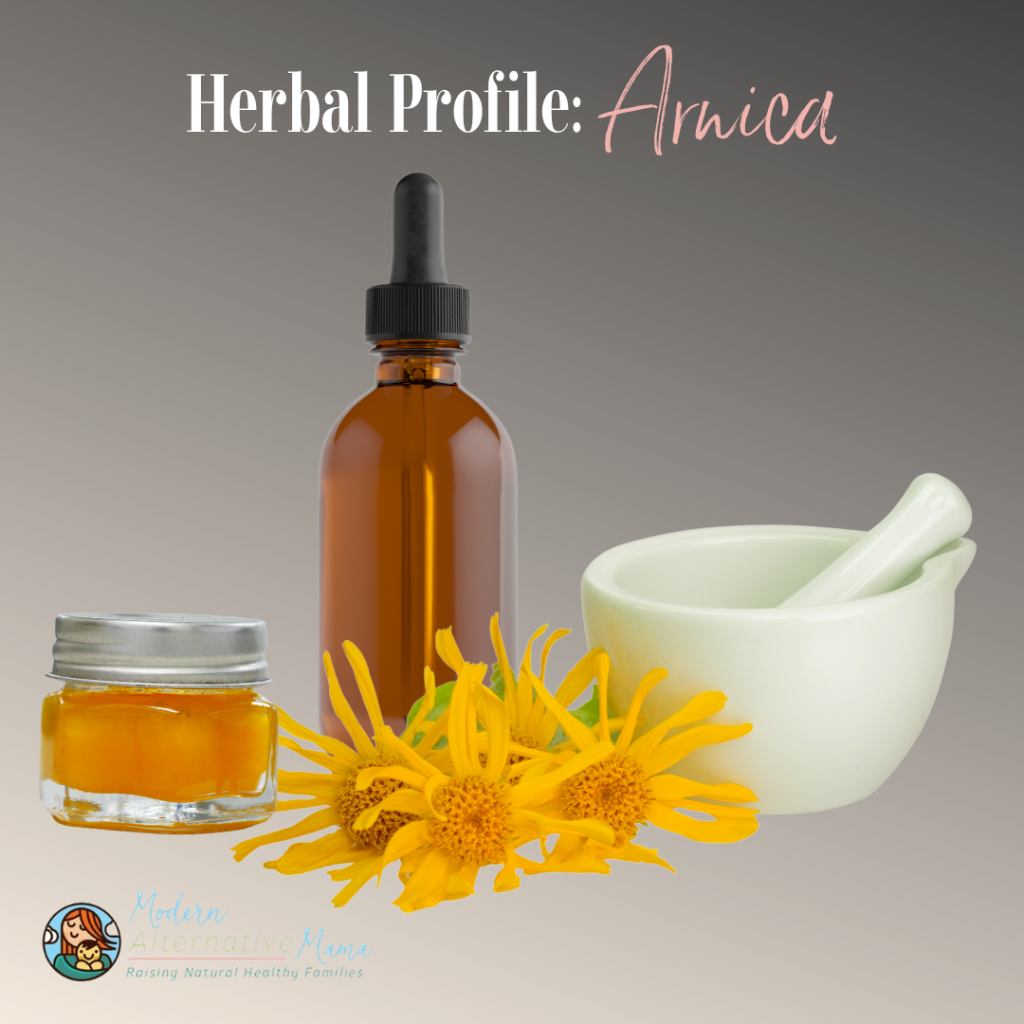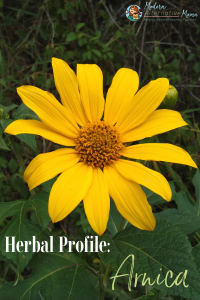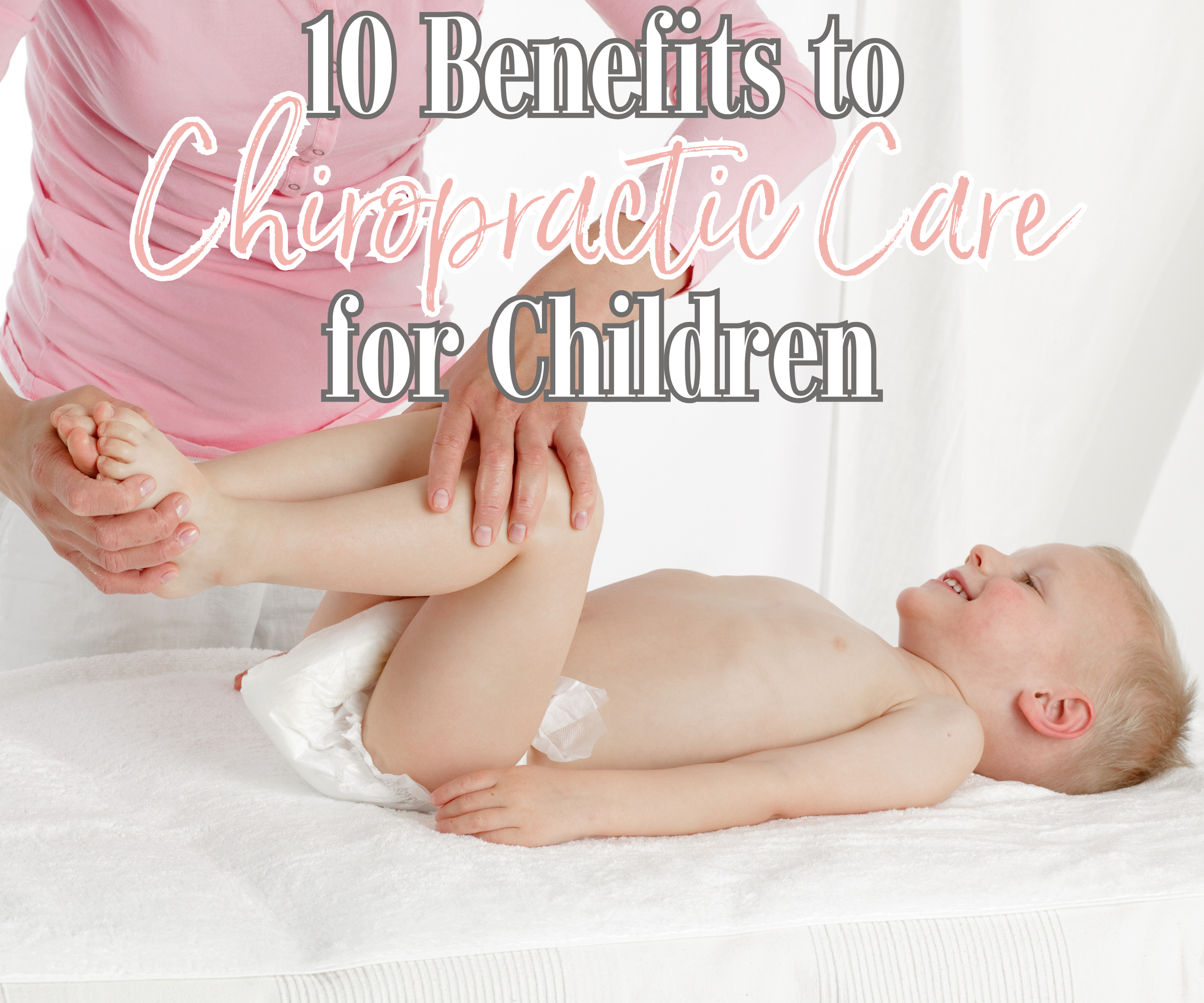By Danielle
What is Arnica?
Though there are many species of arnica, the most popular is arnica montana. Arnica montana, sometimes referred to as leopard’s bane, mountain tobacco, or wolfsbane, is a bright yellow flower similar to a daisy native to Northwest America, Mexico, Siberia, and some parts of Europe (1).
Arnica is toxic if eaten, but when diluted correctly in homeopathic medicine or used topically, arnica montana is commonly used for bruises, aches, pains, inflammation, and more (2). The healing properties of this perennial herb have been documented dating back to the 12th century by St. Hildegard, a German nun known for her devotion to nature and physiology (3).
Arnica’s upper leaves are level to the ground, ovate, veined, and hairy, while lower leaves have rounded tips in a rosette pattern. The flower’s petals are generally yellow or sometimes appear light orange, oppositely arranged, and spear-shaped. Two or three flowers grow per stem, and flowers are typically two or three inches in diameter. The stems are hairy and rounded. It grows mainly in the northern hemisphere, especially fond of mountainous and acidic soils. The plant grows one to two feet, sticking out amongst other plants.
Health Benefits of Arnica
The active constituent that happens to be most studied in arnica is called helenalin. If you develop a rash or stomach pain after taking arnica, you may be sensitive and should discontinue use. Helenalin is a known anti-inflammatory, driving tinctures, pills, balms, and arnica oils to have dramatic anti-inflammatory properties.
Although helenalin is the active constituent, it isn’t the only one. Actually, helenalin is a pseudoguaianolide sesquiterpene lactone, one of the primary active constituents in arnica. Additional main constituents of arnica include essential oils, fatty acids, thymol, and flavanone glycosides (4). The combined constituents make every part of the plant a valuable element of herbal medicine.
Anti-Inflammatory Properties
Arnica montana is well-known for its anti-inflammatory properties, thanks to its wide array of plant compounds that assist in combating inflammation. Chronic inflammation has been linked with many diseases, such as type 2 diabetes, asthma, and certain cancers (5).
In most cases, Arnica montana is used to help ease inflammatory pain associated with insect bites, bruises, and arthritis flare-ups (6). One study found that treating paw edema in rats 6 hours after being given Nystatin treatment didn’t have significant inhibitory effects. Still, pretreatment did block the action of histamine in increasing vascular permeability (7). Joint pain, swelling from injuries, and inflammation from chronic diseases can all benefit from regular arnica oil or homeopathic use.
May Reduce Pain
Thanks to the anti-inflammatory properties of arnica montana, it’s excellent for reducing pain. Arnica montana’s pain-relieving properties stem from some of the plant’s anti-inflammatory compounds like sesquiterpene lactones, flavonoids, and phenolic acids, which assist in pain management (8). Arnica is best known for reducing swelling and pain in everyday bumps and bruises. Because of this, most moms keep arnica balm on hand.
Osteoarthritis is the most common form of arthritis and is associated with pain, stiffness, tenderness, loss of flexibility, a grating sensation, bone spurs, and swelling (9). One study found applying Arnica topically in a gel form to osteoarthritis pain as effective as topical ibuprofen and even improved physical function (10). Studies have shown that arnica relieves arthritis pain and is a non-steroidal anti-inflammatory (11).
In another study, Arnica was very effective in helping reduce pain associated with carpal-tunnel hand surgery recovery (12). Whether you are an athlete or have a road trip planned, arnica is excellent for limiting muscle pain and soreness while aiding in physical recovery.
May Reduce Bruising
Historically, Arnica montana has been used as a homeopathic remedy to treat bruises. Most bruising occurs when small blood vessels near the skin’s surface are broken due to the impact of a blow or injury, leaving a black and blue mark that’s often accompanied by a minor bump, swelling, and tenderness (13).
In one study, participants with minor bruises were treated with either 20% arnica gel, 5% vitamin K, a combination of 1% vitamin K and 0.3% retinol, or a placebo. They found that the arnica group had significantly less bruising than all the other groups after 14 days (14). A 10-day study found that topically applying arnica cream improved bruising and swelling post-rhinoplasty compared to the placebo group (15).
Promotes Hair Growth
Arnica is excellent at boosting hair growth. If you suffer from hair loss, try adding arnica oil to your shampoo and massaging it into your scalp often. Arnica montana is a widely used herbal and homeopathic medicine for hair growth stimulation. Available as arnica oil and arnica shampoo, it helps rejuvenate the scalp, stimulates hair follicles by improving the blood flow, and prevents premature hair fall (16).
Safety Concerns
Do not ingest raw arnica, and do not apply to any open wound, cut, or scape. Homeopathic arnica pills are heavily diluted and are safe. Look for 30 x (or c) homeopathic dosage, and give children half the dosage. Consider trying a small patch of arnica oil on the skin for the first usage to ensure you do not have a helenalin sensitivity.
Individuals with allergies to ragweed or other members of the Asteraceae family may be allergic to arnica.
Be sure that any arnica you use is highly diluted, especially in its essential oil form.
Arnica has been every mom’s secret to mending day-to-day bruises and bumps and treating ongoing inflammation. If you don’t have arnica in your apothecary, it’s time to stock up.
How to Use Arnica
Arnica can be used as an oil, essential oil, tincture, homeopathic pills, and in balms and salves. Essential oils should be diluted heavily with a carrier oil, and a spot test should be performed before using a large amount. Using arnica oil in aromatherapy is not suggested because of this plant’s strength and toxicity. Tinctures, homeopathic pills, and balms and salves sold are very diluted and safe. Grab some arnica oil, balm, or homeopathic to keep in your natural medicine cabinet for the next “oops,” big or small.
- Keep arnica oil or make your own salve to keep on hand to combat bug bites or stings.
- Keep arnica pills (homeopathic) or tincture on hand in your car so you can use them for on-the-go bug bites, bumps, bruises, long-drive muscle soreness, or an accident.
- If you suffer from joint inflammation or arthritis, try arnica oil, Earthley’s Magic Muscle Ease, or Arnica Salve to ease the pain and swelling without the side effects of prescription steroids and pain medications.
- If you suffer from hair loss, try massaging arnica oil into your scalp twice weekly.
Disclaimer: This post is not intended as medical advice. These statements have not been evaluated by the FDA, and nothing in this post is intended to diagnose, treat, or cure anything. If you have questions, please do your own research or seek advice from a health professional.
If you have arnica in your natural medicine cabinet, how do you use it?







